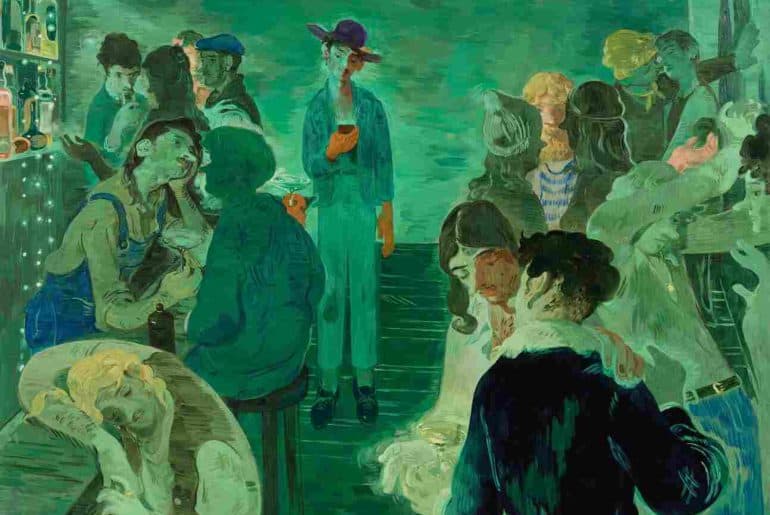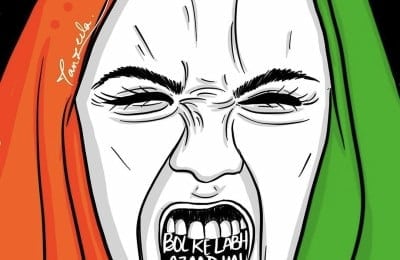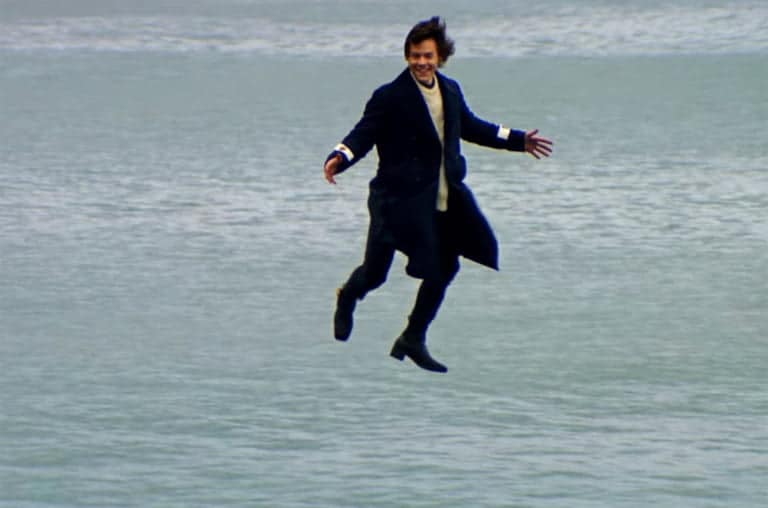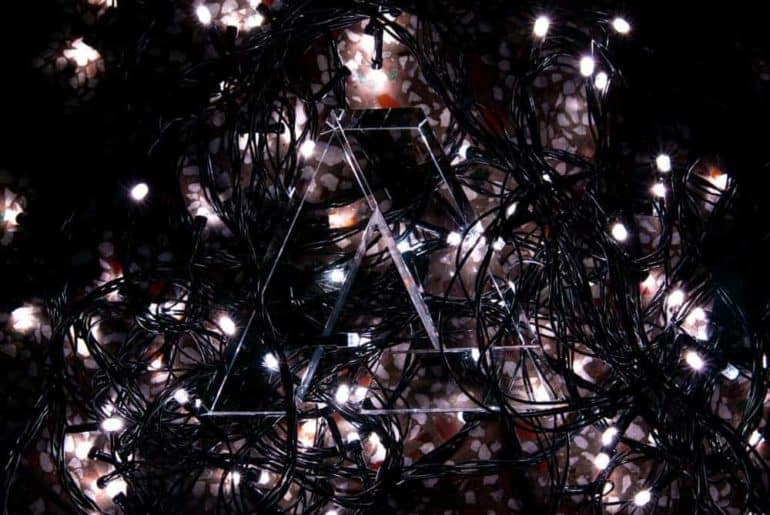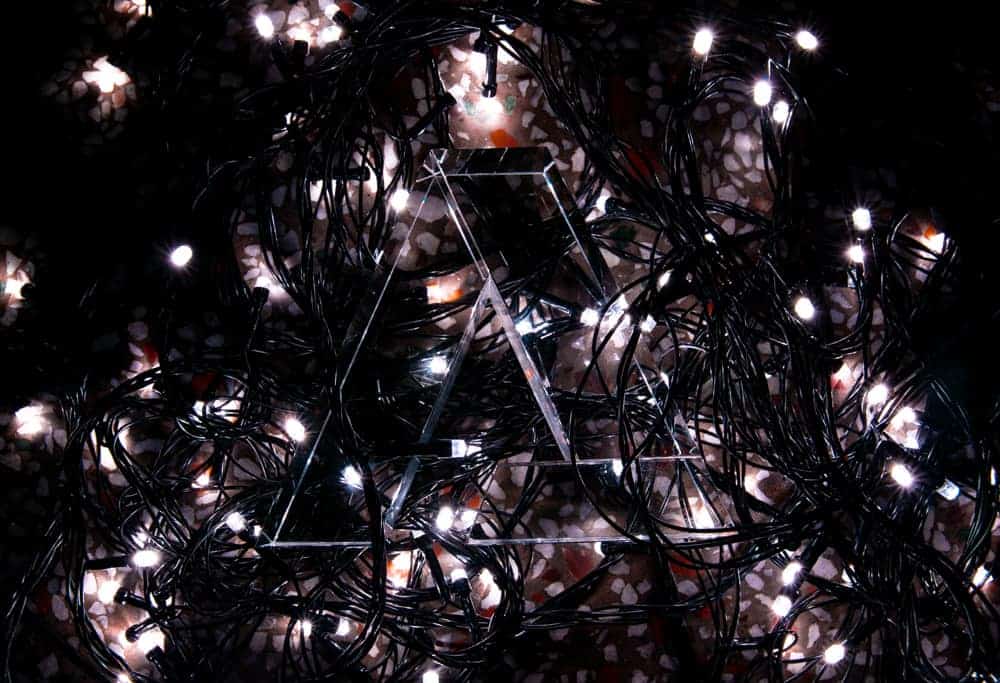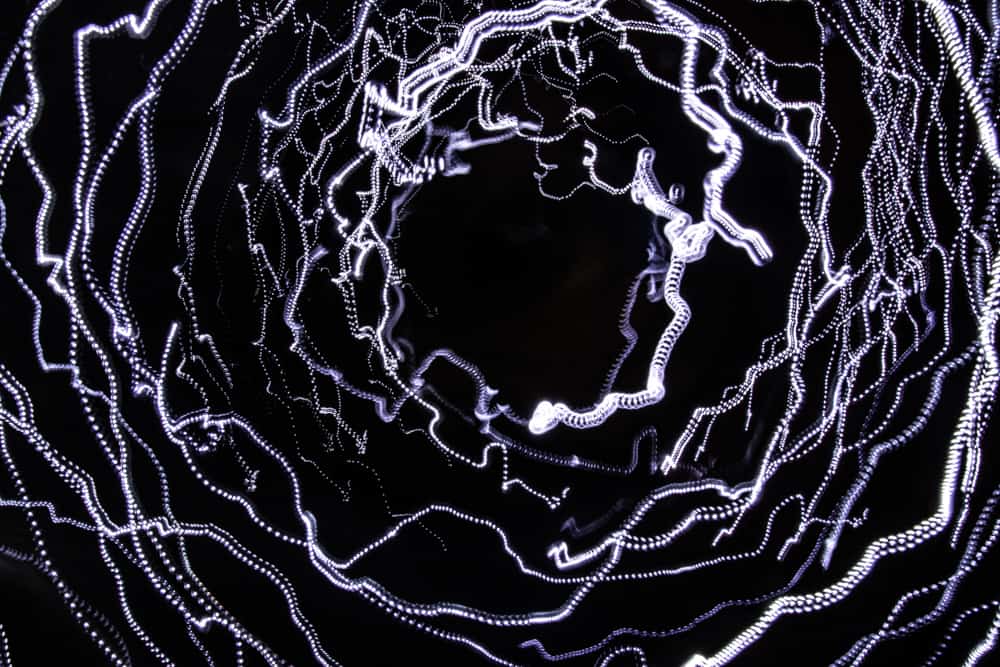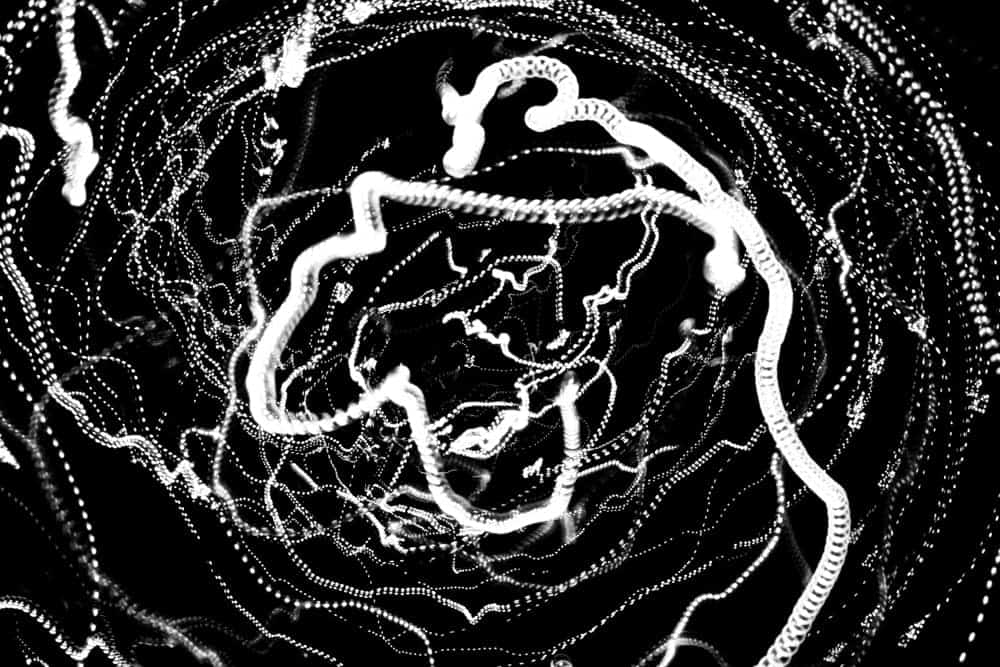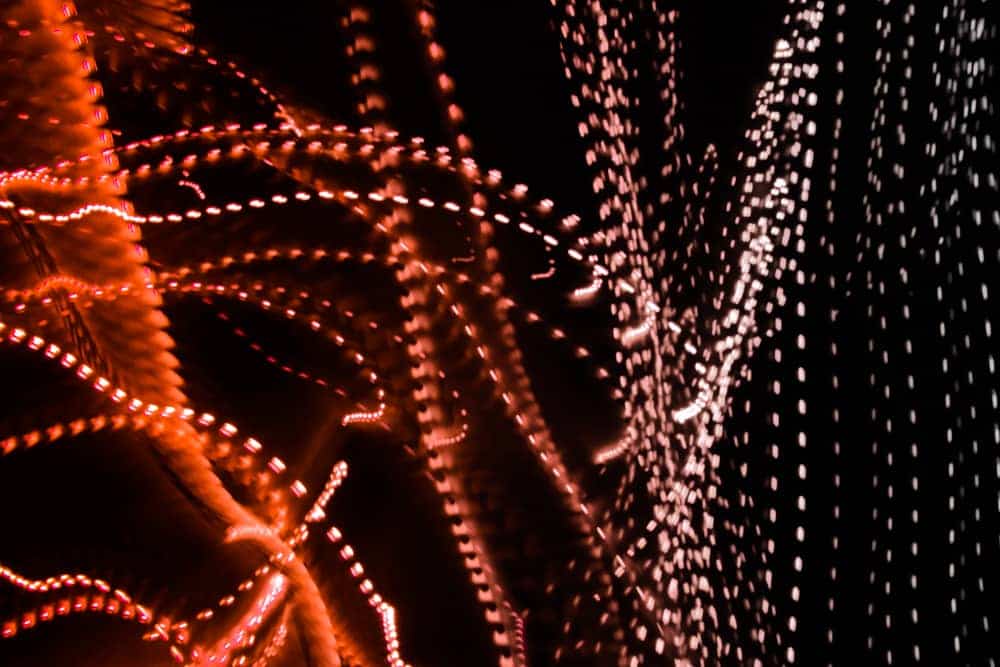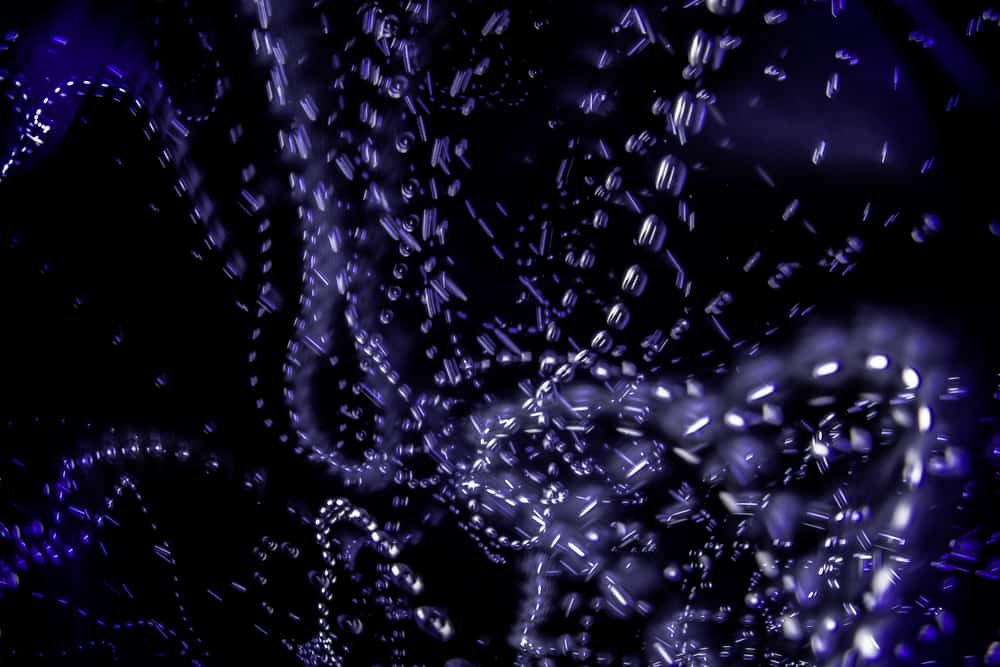The Oversight Committee removed a story by Mahasweta Devi and two texts by Dalit Writers in the name of not hurting any sentiments. 15 members of the Academic Council have been dissenting still the varsity has backed its decision. Is it academic healing or casteist censorship to uphold the dogmas of some?
After a 12-hour-long meeting on Tuesday, the University’s Academic Council brought in some changes in the syllabus of the BA (Hons) English course. ‘Draupadi’, a celebrated story by Mahasweta Devi was removed without citing any academic reasons. Apart from this, two Dalit authors, Bama and Sukirtharini were arbitrarily removed and replaced with Ramabai without any academic reason being stated.
As reported by the Indian Express, at least 15 members of the Academic Council gave a dissent note against such arbitrary removal of ‘Draupadi’ from the syllabus. “Mahasweta Devi’s story ‘Draupadi’ displays two forms of resistance–first resistance is in the form of tribal insurgencies and the second is acted out by Dopdi Mejhen, an active worker of the Naxalbari movement who is hunted down and raped in a bid to subjugate insurgent groups.”
–Dr K. Madhavarajan, Assistant Professor, NMSS Vellaichamy Nadar College
DU Beat talked to various students who have studied the highly acclaimed writer, one such student said,
“The text in itself has so much richness, it’s a shocking move. It perfectly displays the intersectionality of how women’s bodies are reduced to landscapes for political agendas. It was a text that would always stay with me.”
Mithuraj Dhusiya, a member of the Academic Council registered strong dissent in his opinion as quoted by the Indian Express. He said that it’s shocking that the Oversight Committee bypassed the statutory bodies like Faculties, Committee of Courses and Standing Committee and changed the prescribed texts.
Debraj Mukherjee, Associate Professor, Ramjas College brought forward his voice of dissent about the removal of ‘Draupadi’ and said in his opinion to DU Beat,
“The primary problem here is the absence of stated academic reasons for excluding certain texts. The rigour we expect from even our students, wherein they are encouraged to offer analysis over opinion, and investigation over prejudice, send absent in the offices that have led to such exclusion.”
No academic reason was stated earlier until yesterday when the varsity put out a press release where it accepted the recommendations regarding the removal of various contents from the syllabus of B.A Hons. English for the fifth semester.
The press release states that a careful analysis of the present syllabus shows it is diverse and inclusive already. The University also clarified that the contents of any language course should not hurt the sentiments of any individual.
There are various questions to be asked here, whose sentiments are being hurt when Dalit writers are reclaiming their space in the literary world? Whose sentiments are being hurt when a tribal woman holds the bravado and strength to rise above the societal fears put on women?
The society which thinks harming the modesty of a woman is the utmost terrible it can do, it is Draupadi who stands in the face of it and laughs at its nakedness with a voice that is ‘terrifying and sky splitting’. The action of standing up against Senanayak naked with her bruises is Draupadi asking what else can you do making both her abusers and the society powerless and that is when
“ for the first time, Senanayak is afraid to stand before an unarmed target, terribly afraid.”
According to some sources, there were objections against ‘Maniben alias Bibijan’ as it is based on the Gujarat riots and it allegedly showed Bajrang Dal and RSS in a “bad light” and as “murderers”. Even members of the Academic Council have stated prejudice and diktat of dominant Hindutva ideology behind the unacademic deletion of content as a move to suppress marginalised voices.
“Such teachers have been consistent in their opposition to the Dalit and tribal voices owing to their allegiance to the Hindutva ideology which is patently against the socially underprivileged segments.”
-Rudrashish Chakraborty in his statement to DU Beat
Another set of questions to be asked is about the Oversight Committee. It’s not been much time since the formation of the Oversight Committee in 2019. Talking about the issue, Abha Dev Habib, the Treasurer of DUTA said that the Committee was formed, ‘when ABVP tried to vandalise the Academic Council meeting and threatened Heads of Departments of English and History and many elected Academic Council members.’
The dissent note submitted by the members of the Academic Council clearly states that it has been formed in contravention of the University Calendar.
“The only competent to frame any syllabus for any course are the Committee of courses comprising teachers of the concerned Department.”
The next step in the procedure of syllabus revision is to get approval from statutory bodies like Faculties, The Standing Committee and the Academic Council. Such a committee is not a part of the process.
The press release on the other hand mandates the Oversight Committee and backs its actions in the name of recommendation from the Head, Department of English.
Whereas Rudrashish Chakraborty from the Department of English, KMC has said the press release to be ‘a blatant defence of the overreach of the Oversight Committee’. In his statement, he added,
“The claim of the press release that the Oversight Committee has followed all democratic processes is a blatant distortion of facts. Rather the Oversight Committee has undermined the democratic processes involved in the syllabus revision by issuing fiats to the English department to add/delete texts without giving any academic rationale.”
The dissent note on the other hand sheds light that no member of the concerned department was a part of the Oversight Committee. Even the heads of departments were not a part of the deliberations. How could a committee decide the required and not of a course without any expertise and competence in it? Was it merely out of choice or deliberate prejudice?
However, apart from the official release, ‘gruesome sexual content’ has been cited as the prime reason for the removal of the story as reported by The Print. The ‘problematic content’ as pointed out is the horrendous condition and description of Draupadi after being raped.
“I don’t know if the name and context regarding the perpetrators got lost in translation but this (Draupadi) shows the Indian military in a very poor light. We don’t want our students to hate them based on fictional stories,”
-DU Registrar Vikas Gupta said in his opinion to the Print.
What’s ironic here is a country where there are innumerous records of rape cases met with blatant injustice, there the condition of a woman after being raped is called ‘problematic’. Moreover, will the committee expunge all such ‘problematic’ details present in every course throughout the University?
It’s not the first time that women writers have been withheld for crossing the set boundaries of ‘modesty’. Ismat Chughtai faced a trial in 1944 for her story ‘Lihaaf’ on the grounds of portraying obscenity, where thighs and women’s ‘bad’ character were told to be the point of objection. Ismat must be smiling with pity today at us for we surely have come a long way, backwards or forward, only Ismat can tell.
Even no other short story by Mahasweta Devi was accepted and a list of six short stories was forced upon the Department to accept. It shall be noted that these six stories again were not selected as per the process laid down.
The matter doesn’t end here, the Oversight Committee instructed the Department to replace ‘Chandrabati Ramayana (a feminist reading)’, with Tulsidas for the DSE paper, ‘Pre-colonial Indian Literature.’ A similar curtailing of content has been recommended for another DSE paper as mentioned in the dissent note.
“The Oversight Committee, instead of examining the rationale of the texts included in the syllabus, merely pandered to the political pressures and vested interests.”
-A collective statement from the Academic Council members
The statement further read that without any concrete evidence of any sentiments being hurt, the ignorance and prejudice against the marginal voices of the society are visible. It further added,
“To use hurt sentiments as an excuse to delete texts is a blatant attempt to impose thought control of the dominant and privileged social groups. By suggesting that the syllabus should merely uphold the status quo and not critique or question the same, the DU press release has actually undermined the very ethos of a University.”
Such removal of valuable pieces of literature without any academic reason puts the sanctity of academic rigour in question. Acceptance of the changes when 15 members of the Academic Council have expressed dissent against it is an aggravation of various problems which raises a question on the essence of education again.
Ayushi, a student of Literature, expressed her dissatisfaction over the arbitrary removal.
“Being a part of the DBA community, it feels like a setback in parallel to all other things we face. Literature can’t exist in a vacuum, it’s necessary to show the inequality and the domination existing on the ground. ”
Moreover changing the syllabus when it’s been five weeks since the course has been started shows severe carelessness on the part of the administration. Is academic planning just a play of whims to be altered and changed as per the moods of members of the Committee who in the first place are not even qualified members of the department?
The removal of such great portrayals of marginalised voices, deletion of texts by Dalit writers and vandalism of Women’s writing courses puts up a lot of questions on the Oversight Committee and the University that is backing it. In an attempt to censor these great texts, the Oversight Committee has brought them into the spotlight again which will contribute to their contrary goals.
Such academic censorship and forced revision of the syllabus which upholds the existing status quo might be deliberate silencing to align it with the dominant ideology. The voice of dissent being ignored by the University shows how much we value the quality of academics. The University has a lot to answer and a Press release with ambiguous reasons isn’t enough.
Read Also: Decoding the “Gender” In Censorship On Art
Photo Credits: Indian Express
Kashish Shivani
[email protected]

